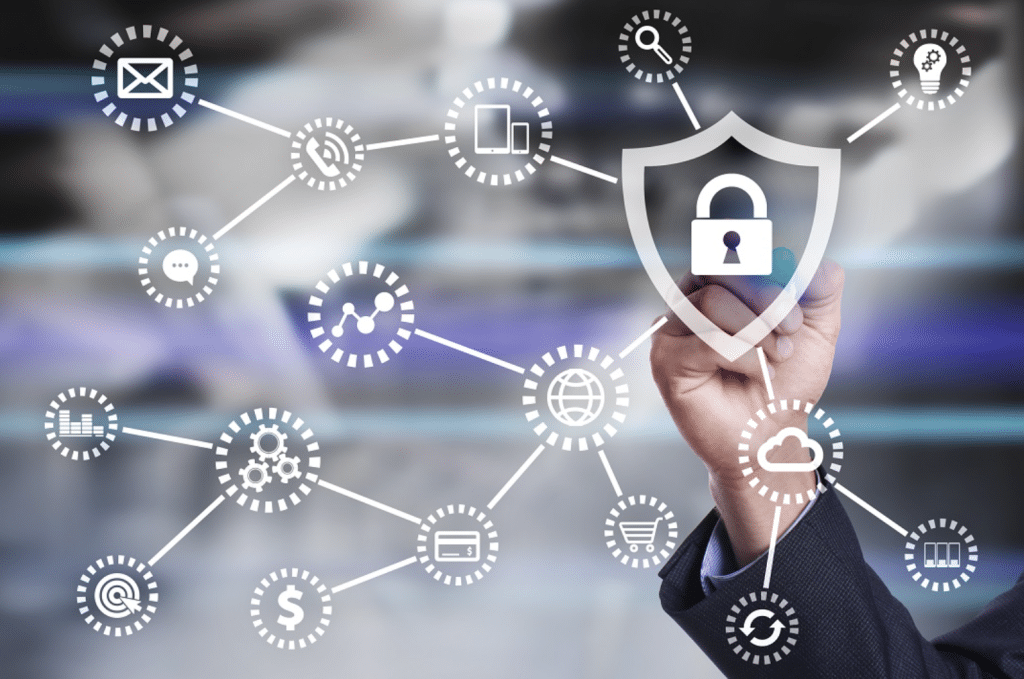In today’s digital age, it is more important than ever to understand the various cybercrimes that exist and how they can affect you.
From ransomware attacks to email spoofing schemes and malware, there are many ways that cybercriminals can steal your information or manipulate computer systems.
Let’s look at the top four cybercrimes and the steps you can take to protect yourself against them:
1. Ransomware Attacks
In a ransomware attack, cybercriminals will use malicious software to lock or encrypt files on a computer system until a certain amount of money is paid (the ransom).
Bad actors generally deploy ransomware attacks by sending an email with malicious links or attachments that will install the software on the target’s computer system once clicked.
Ransomware can be incredibly damaging as it can render data inaccessible and can cause major disruption—especially if it happens to your business.
How can you protect yourself from ransomware? Help guard yourself against ransomware attacks by ensuring the anti-virus software installed on all devices is up-to-date and regularly back up your data in case anything happens.
2. Phishing
Phishing is the process by which criminals use malicious methods to con victims into revealing confidential information.
The criminals craft emails or other communications that seem credible with messages that typically contain links to spoofed websites that resemble real ones, like banks, credit card companies, or other organizations.
Victims may then be encouraged to divulge sensitive credentials like usernames and passwords when they try to log in—giving the criminal access to personal information, accounts, and more.
How can you dodge phishing scams? As a general practice, you shouldn’t open suspicious emails or click on any links contained within them.
Always double-check the source of an email before responding so you know it’s coming from a trusted source. If you aren’t sure—best err on the side of caution and don’t respond.
3. Email Spoofing
Email spoofing is when a cyberattacker sends an email from an address that appears legitimate but is actually fake.
These emails may contain malicious links or attachments designed to download malware onto your device or steal personal information like passwords and credit card numbers.
<h3> How can you avoid falling victim to email spoofing? To avoid falling victim to email spoofing scams, make sure you check the sender address of any email before opening it and never open suspicious emails from unknown senders.
Stay wary of any emails requesting sensitive information such as passwords or credit card numbers without verification from a trusted source first.
4. Malware
Malware is short for “malicious software” and refers to any program created with the intent of stealing personal data or causing damage to a computer’s systems.
Malware can spread through malicious websites, downloads, emails, or other illicit tactics, so it’s important to stay aware of the websites you visit and what files you download to protect yourself against malware attacks.
<h3> How can you stay away from malware? Installing and updating antivirus software on all devices is essential for protecting your devices against malware infections.
Good Cybersecurity Practices
Practicing good cybersecurity hygiene can go a long way in keeping your digital identity safe.
Make sure you use a secure and unique password for each of your accounts so that one breach won’t put all your information at risk. You may want to consider using two-factor authentication when available, which can add an extra layer of security for your most important accounts.
While methods of cybercrime are always evolving, awareness and prevention are key to protecting yourself from an attack. By understanding the common techniques used by bad actors, you can take steps to safeguard your personal information and avoid becoming a victim.
